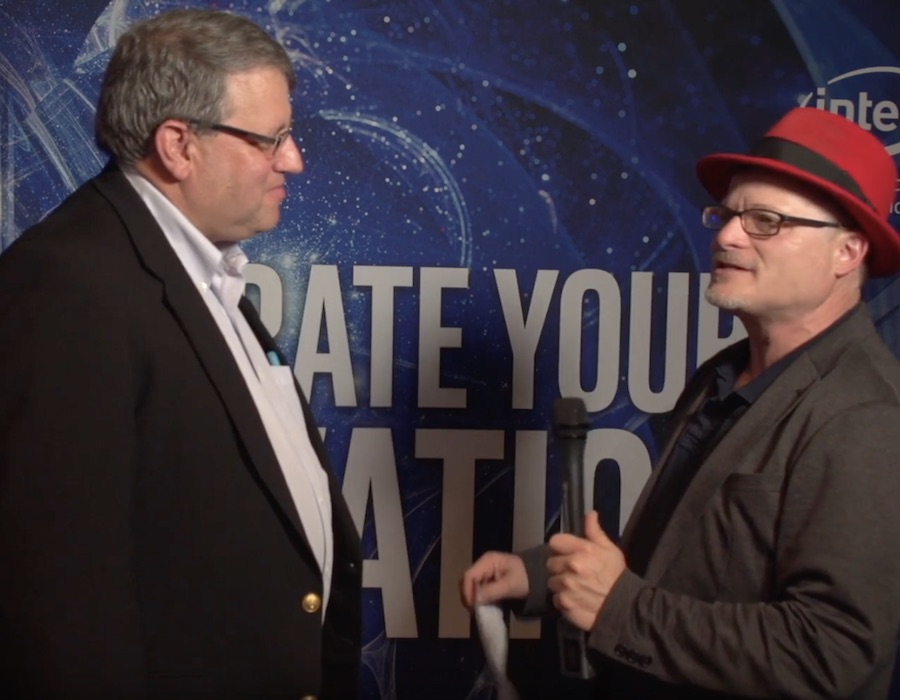 In this video, Dan Stanzione from TACC describes how Intel technologies from Intel will power the World’s Fastest Supercomputer in Academia at the Texas Advanced Computing Center.
In this video, Dan Stanzione from TACC describes how Intel technologies from Intel will power the World’s Fastest Supercomputer in Academia at the Texas Advanced Computing Center.
The Frontera (Spanish for “frontier”) supercomputer will begin operations in 2019. It will allow the nation’s academic researchers to make important discoveries in all fields of science, from astrophysics to zoology, and further establishes the University of Texas at Austin’s leadership in advanced computing.
For over three decades, NSF has been a leader in providing the computing resources our nation’s researchers need to accelerate innovation,” said NSF Director France Córdova.
Keeping the U.S. at the forefront of advanced computing capabilities and providing researchers across the country access to those resources are key elements in maintaining our status as a global leader in research and education. This award is an investment in the entire U.S. research ecosystem that will enable leap-ahead discoveries.”
Frontera is the latest in a string of successful awards and deployments by TACC with support from NSF. Since 2006, TACC has built and operated three supercomputers that debuted in the Top 10 most powerful systems in the world: Ranger (2008), Stampede1 (2012) and Stampede2 (2017). Three other systems debuted in the Top 25.
If completed today, Frontera would be the fifth most powerful system in the world, the third fastest in the U.S. and the largest at any university. For comparison, Frontera will be about twice as powerful as Stampede2 (currently the fastest university supercomputer) and 70 times as fast as Ranger, which operated until 2013. To match what Frontera will compute in just one second, a person would have to perform one calculation every second for about a billion years.




